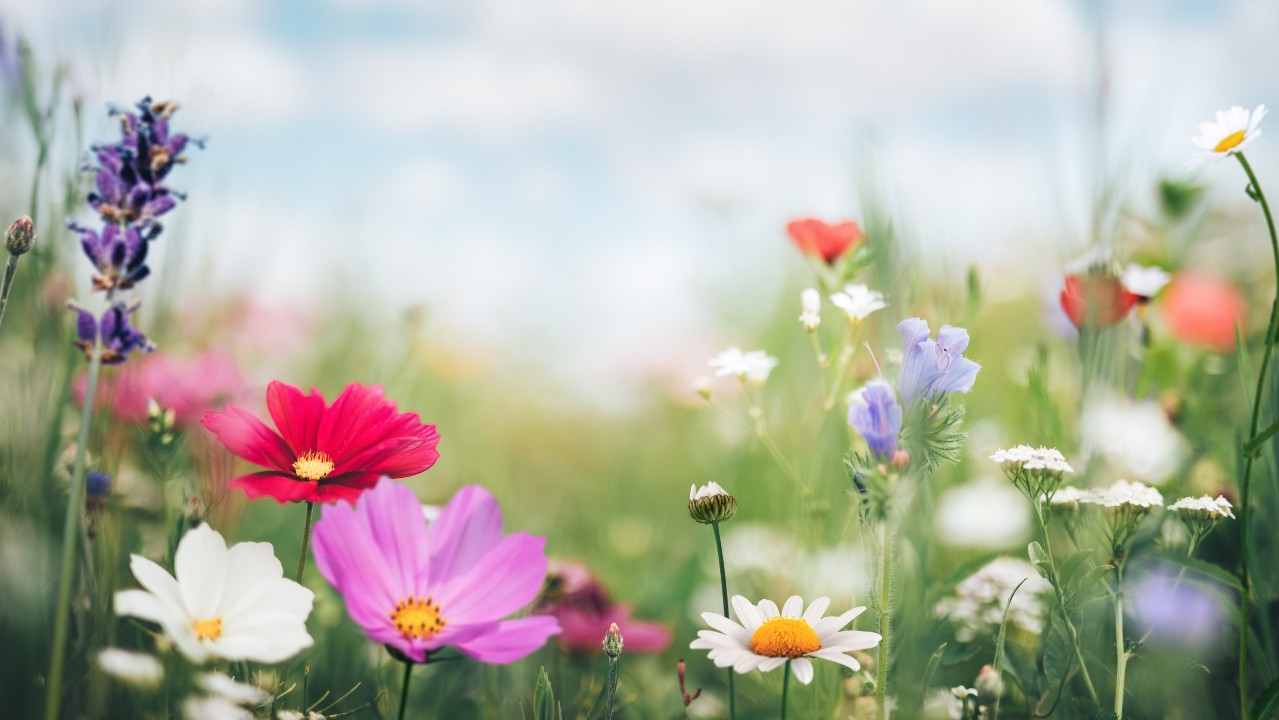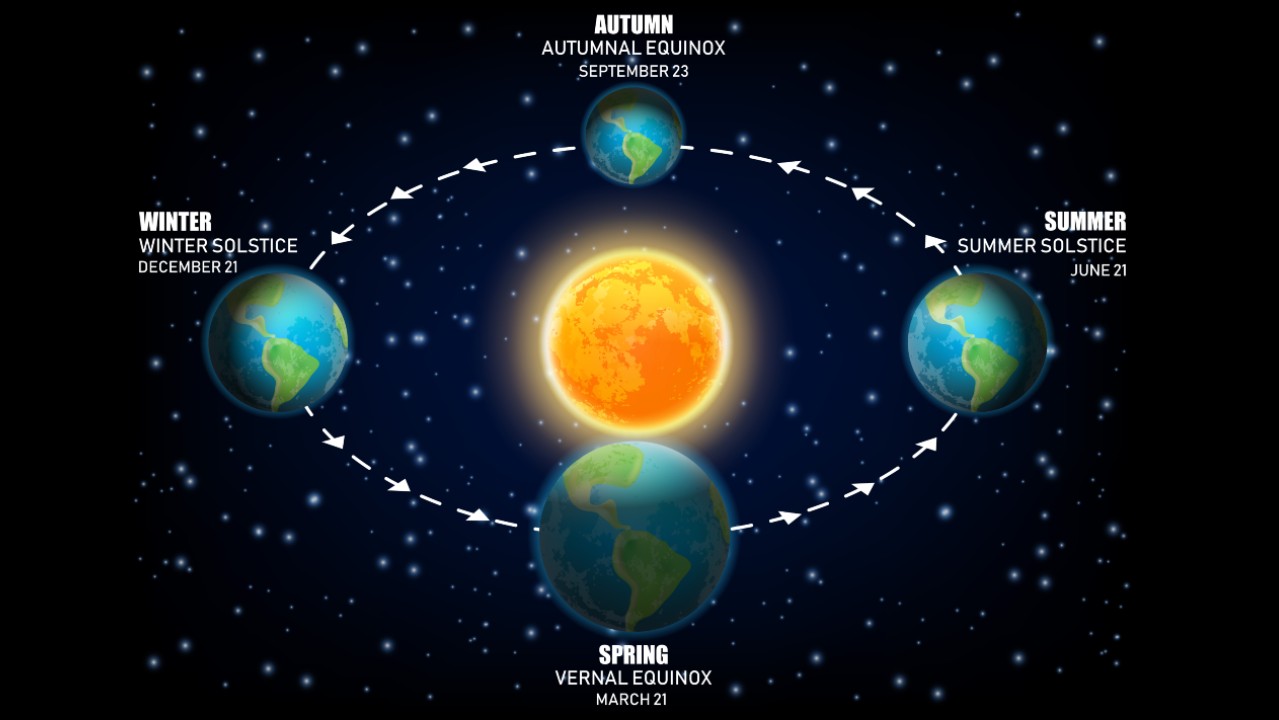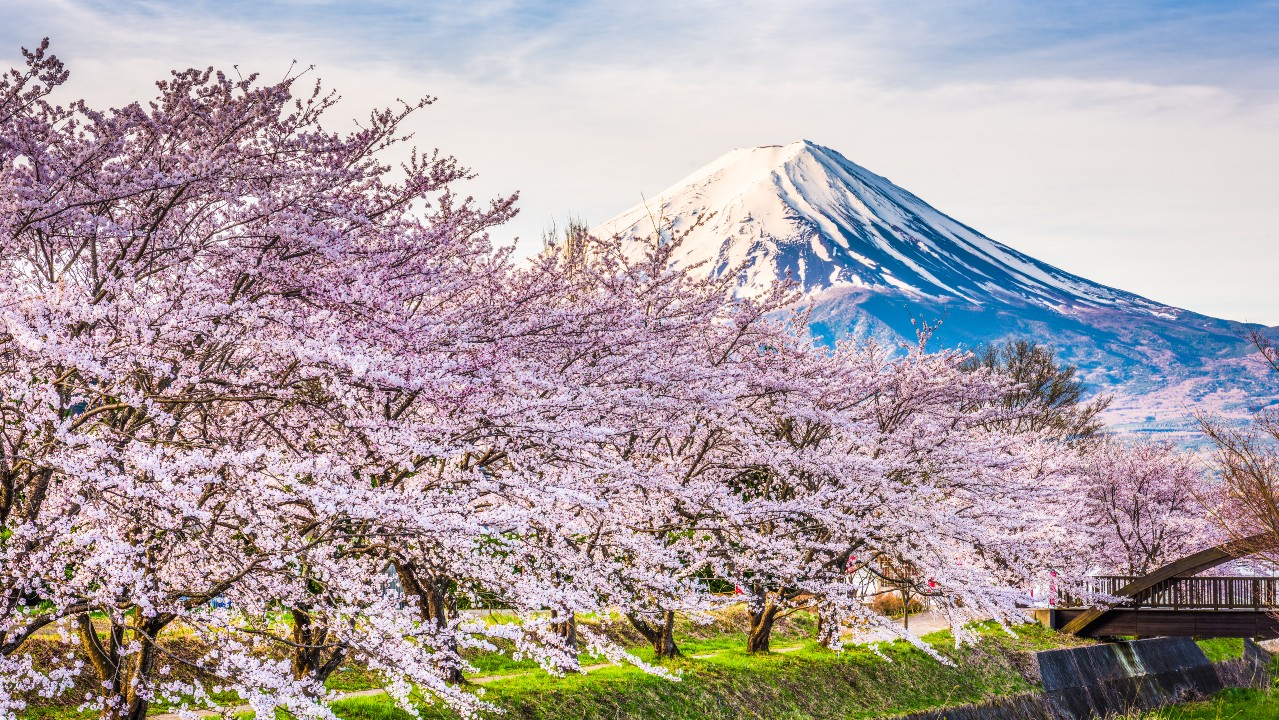Spring: The season of new beginnings
Spring is the season that new life and regrowth

Spring is the season during which the natural world revives and reinvigorates after the colder winter months. During spring, dormant plants begin to grow again, new seedlings sprout out of the ground and hibernating animals awake.
What most people call spring relies on the astronomical definition of the word. Defined by the angle of Earth's tilt toward the sun, astronomical spring relies on equinoxes and solstices to define it. Spring is generally considered the period between the spring equinox and the summer solstice.
Equinoxes are days during the year when day and night are almost equal. There are two equinoxes each calendar year, one in the spring and one in the fall. The spring, or vernal, equinox occurs around March 20 in the Northern Hemisphere and around Sept. 22 in the Southern Hemisphere.
According to the National Oceanic and Atmospheric Administration (NOAA), spring is one of two times when the Earth's axis is not pointed toward or away from the sun. In the Northern Hemisphere, the North Pole is tipped at its greatest angle toward the sun during the summer solstice, which occurs around June 21. In the Southern Hemisphere, around December 21, it is the South Pole's turn to be nearer.

As such, in the Northern Hemisphere, astronomical spring runs from March 21 to June 21, while in the Southern Hemisphere it encompasses Sept. 21 to Dec. 21, though the dates may shift slightly from year to year.
The air may lose its winter chill before the middle of March or September, though. Weather forecasters define meteorological spring as a three-month period based on rising temperatures. North of the equator, meteorological spring takes place in March, April and May, while in the south it is characterized by the months of September, October and November, according to NOAA.
Spring awakening
In the hemisphere that is tilted closer to the sun, temperatures become warmer. Warmer temperatures means the ground, which may have frozen over the winter months, grows softer and more yielding to plants. Spring is often marked by increased rainfall, which helps to water the infant seeds taking root in the ground.
Animals that spent the winter in hibernation come out of their dens, while those that traveled to warmer regions return. Many animals give birth in the spring. Winter coats are shed by those that sported them, and some animals may change coloration to blend in with their new surroundings.
The rising rainfall of spring may bring with it an increase in flooding as melting snow overwhelms rivers. Spring may also boast storms, as warm air from the equator combines with still-cool air farther north or south.
Tornadoes are common during the spring in the United States as air of different temperatures combine. The world's deadliest tornado occurred April 26, 1989, in Bangladesh. It left a mile (1.6 kilometer) wide path for 10 miles (16 k), killing 1,300 people and leaving 80,000 people homeless, according to The Weather Channel.
One of the first signs that spring has sprung are the presence of tree buds. A plant’s buds act as a shield for the delicate flowers inside. Flowers of different shapes, sizes and forms come with individual and distinct protection. Throughout winter these buds remain closed and dormant, surviving the cold until their time comes to thrive in the spring, making a vibrant emergence from their compact casing. While it’s usually easy to distinguish a species from its distinct flowers, buds can have more subtle differences. This visual guide to the more common tree buds should help you identify them.
Here’s how to identify them:
A time of celebration
Many cultures celebrate the return of spring, the blossoming of nature or the rise of the vernal equinox.
In Japan, the annual blossoming of cherry trees has become a significant national event. Hanami, or cherry blossom viewing, is a time for festivals and gatherings at parks and shrines, according to the Japan National Tourism Organization. Cherry blossoms, or sakura, symbolize the transience of life, which is a major theme in Buddhism.

People of the Jewish faith celebrate Passover, which commemorates when the Jewish people were freed from slavery to Egypt, according to History. The day falls on the first full moon after the northern spring equinox and lasts for seven days.
Spring in many countries with a strong Christian tradition is marked by Easter, which celebrates the resurrection of Jesus Christ and his triumph over physical death. However, it has roots in older traditions.
"Easter is derived from a much older celebration of fertility and rebirth, the Celtic festival of Ostara," Cristina De Rossi, an anthropologist at Barnet and Southgate College in London, told Live Science. "The bunnies and the eggs are symbolic of fertility and reproduction."
Albania celebrates Dita e Verës on March 14, which also stems from pagan roots. Pilgrimages were once made to the peaks of the Albanian mountains, where prayers were offered to the Sun God for a prosperous year.
Mayday celebrations are common around Europe. The Maypole dance is a popular folk festival, particularly in parts of Germany and the United Kingdom. "The pole symbolizes sacred trees, the world axis, the phallus, growth and regeneration," said De Rossi.
Additional resources
For more information about Earth's seasons here’s a handy guide by the California Academy of Science. Also, check out the MET Office’s "10 facts about spring" for some rapid-fire facts.
Bibliography
National Weather Service, ”Why do we have seasons”, accessed in March 2022.
Met office, “The Equinox and Solstice”, accessed in March 2022.
Encyclopedia Britannica, “Spring”, accessed in March 2022.
National Trust, “7 signs of spring everyone should know”, accessed March 2022.
Sign up for the Live Science daily newsletter now
Get the world’s most fascinating discoveries delivered straight to your inbox.

- Scott DutfieldContributor
- Ailsa HarveyContributor










